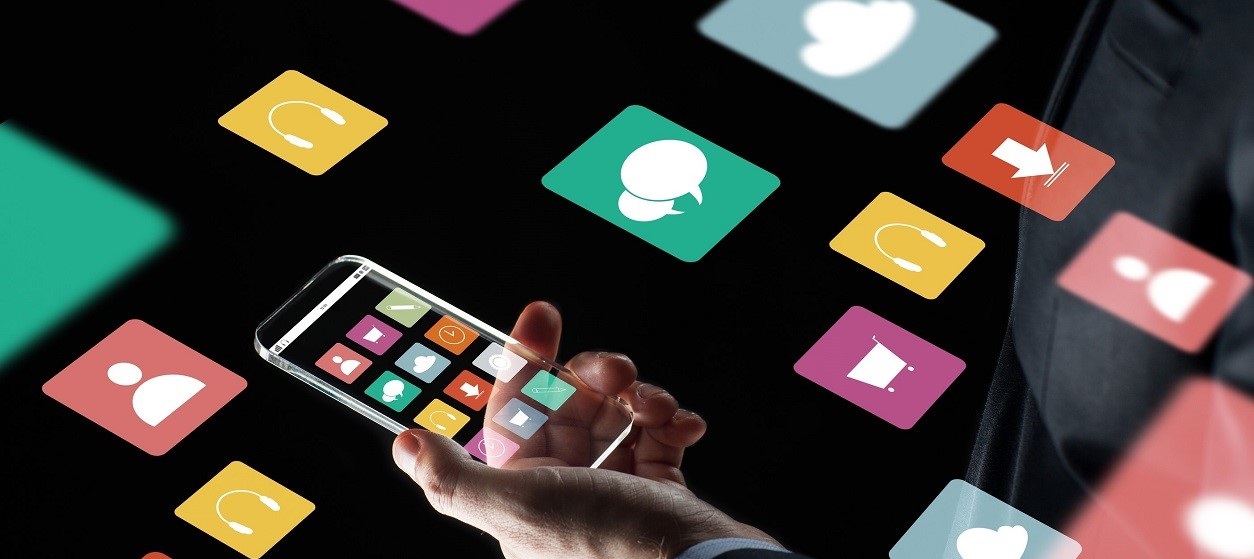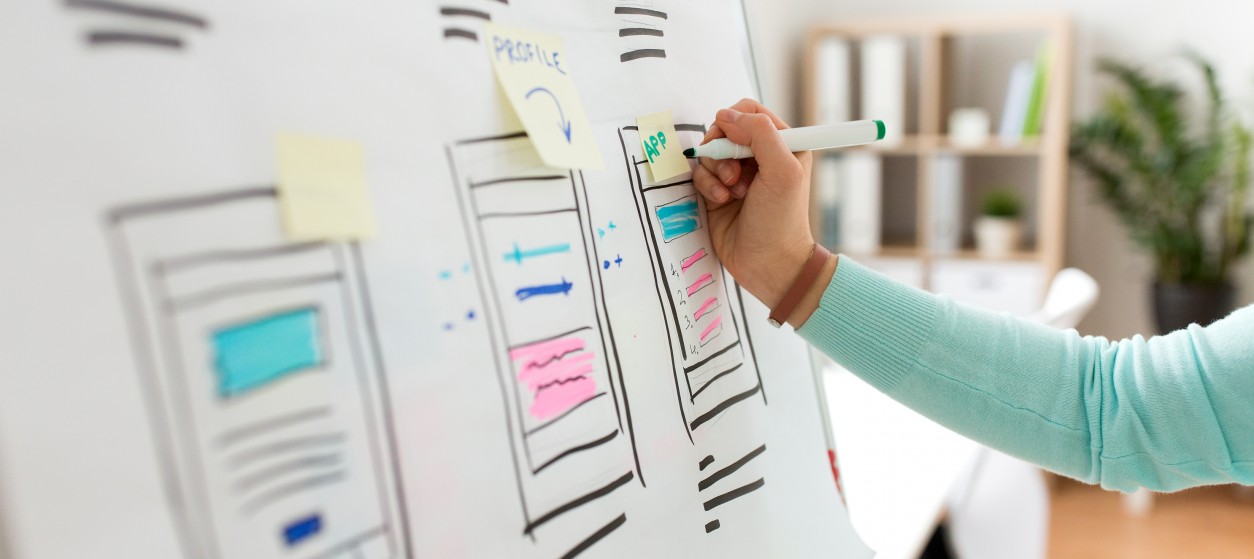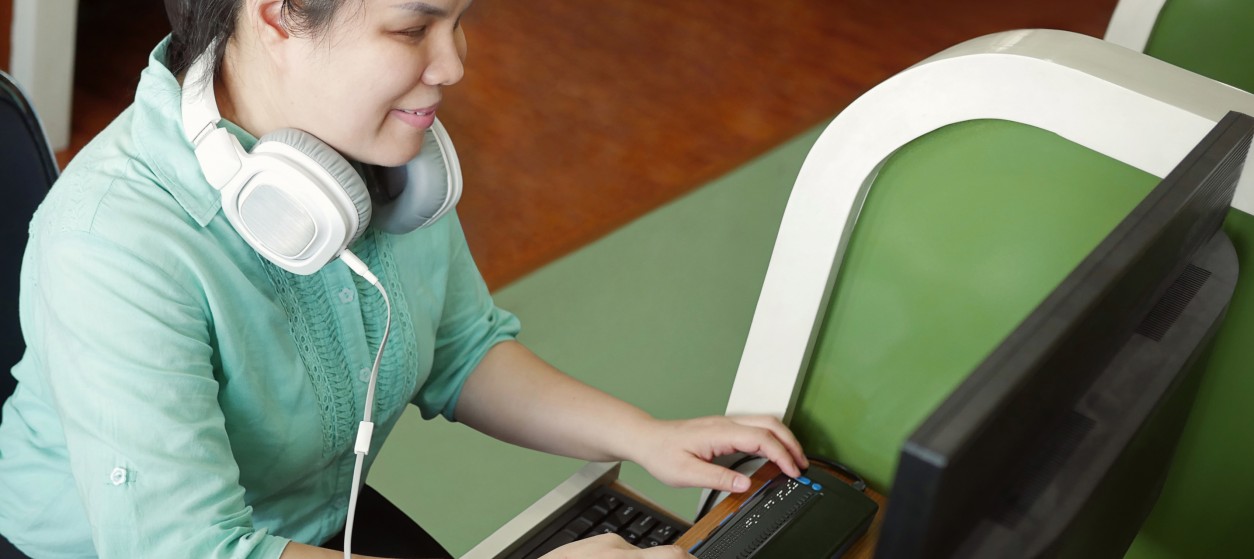User interfaces (UI) have always been one of the most important parts of any IT system or application. This is reasonable given that the UI is the part that enables user’s interaction and therefore forms the most important part of the users’ experience (UX). Over the years, the design and implementation of UIs have evolved rapidly in order to keep up with changes in user habits and behavior and it also leverages the latest technology trends. The technology trends provide UI/UX designers and developers with new opportunities for demonstrating their creativity while at the same time broadening the limits of their imagination in terms of the ways humans interact with IT systems. While UI/UX design is probably more art than science new technologies become the perfect tools in true artist hands.
Nowadays, UI/UX design is at the very top of enterprises IT agendas as it is perceived as one of the main vehicles for keeping customers happy, driving traffic at websites and mobile apps and ultimately increasing customer base and revenue streams. In this landscape, it’s worth noting some of the main UI/UX design trends, which are driving the next generation of user interfaces.
- Minimalism in Design
Many designers are nowadays trying to provide minimalist user interfaces that emphasize navigation and content of interest to the user over a heavier beautification of the interface (e.g., based on multiple colors and many interface elements). Minimalistic designs are perceived as an excellent approach to achieving great usability. They are typically characterized by clean lines, a large whitespace and only a few but functional graphical elements.
- UI/UX Personalization
In the era of mobile computing and the internet of things, UI/UX designers have many opportunities for creating highly personalized interfaces. First, they can think about ways of personalizing the content based on the user’s location. Excellent UI/UX interfaces for mobile devices tend to adopt the displayed content according to the user’s location and the context of the surrounding environment. For example, maps and interactions with the related entities are adapted in order to display only the items that are within the end-user’s vicinity.
Beyond location-aware UI/UX interfaces, designers tend to personalize the interface to other characteristics of their users such as their gender, age, profession, computer literacy and more. As a prominent example, ambient assisted living applications for elderly users to personalize their interfaces according to their needs. They tend to include larger controls (e.g., buttons), higher volume sounds and colorful user interfaces. Moreover, personalization in such applications may entail other elements that are unique to this age group such as reminders and emphasis on timely (re)charging the device.
- Video as an Integral Element of Perceptive UX/UI
A quick navigation across modern websites could convince you about the extensive use of video elements as part of UI/UX design. Videos are extremely useful in a number of occasions such as when presenting a concept when pitching for a new project or even when advertising a product. They are also a very good choice for illustrating complex concepts at a glance in a way that keeps the attention of the viewer. UX/UI designers have to select the best ways to include a video in a web page or mobile app by considering the various aspects like the location of the video on the page, its size, its duration and more.
- Animations
The animation is one more information display modality which UI/UX designers use to convey complex concepts in an ergonomic, motivating and acceptable way. In most cases, animations are used to give emphasis to the details of a product or service. They are particularly handy on mobile devices where users tend to interact in short time scales with an application. Nevertheless, designing or selecting the right animation for the task and context at hand is not easy. Designers have to consider the characteristics of the target user groups as well as the nature of their application.
Read Also: Data-Driven UI/UX: Combining Facts and Designers’ Fantasy
- Augmented Reality (AR)
We are witnessing a surge of AR applications and related interfaces. The AR interfaces enable users to interact with cyber-representations that seamlessly blend with the physical world. This provides a pleasant, realistic and ergonomic experience especially in cases of applications that involve interactions with physical world elements (e.g., machines) but also in gaming and entertainment applications. Facebook has recently confirmed its strong interest in AR interfaces and applications which is indicative of the importance of the AR trend.
AR interfaces are delivered not only through smartphones and tablets but rather through other devices such as smart glasses as well. This broadens the options available to the AR UI/UX designer. When hands-free operations are essential, smart glasses are preferred over conventional mobile devices. On the other hand, mobile devices provide a lower cost option. Moreover, this option is more familiar to the majority of the end users and is not associated with a steep learning curve.
Read More: Future of Augmented Reality
- Emotional Design
As already outlined, successful UX/UI designers are in most cases excellent in social sciences in addition to possessing good technical skills. In particular, they understand their users’ behavior as well as how they can create a connection between them and the product or services that they promote. This falls in the realm of emotional design, which is also one of the major UI/UX design trends. Designs have to understand the emotions that their UI will most likely generate as well as how the target users will react and use an app when being under certain emotional states (e.g., happy, relaxed, interested, engaged etc.).
- Conversational Interfaces
In one of our earlier posts, we presented how Artificial Intelligence (AI) finds its way in conversational interfaces such as chatbots. Such interfaces are part of mainstream applications like Facebook messenger and WeChat. Moreover, they are extremely popular among certain user groups, notably the younger generation. Hence, conversational interfaces provide one more option for UI/UX designers who wish to support natural interactions between humans and IT systems. Designing a conversational interface has its own challenges such as the representation of the chatbot, the selection between text and voice modality, as well as the frequency and type of interactions with end-users.
- Gamification
One of the most successful ways of designing a UI/UX is to associate it with a game concept that transforms the use of the app to a play experience. In such cases, the designer’s challenge lies on how to integrate the game concept in the flow of the application.
Read More: Essential Laws of User Interface Design UX/UI Designers Cannot Ignore
The above trends are indicative of the importance of UX/UI design in modern applications. With so many options at hand, designers are able to design more ergonomic and effective interfaces than in the past. At the same time, however, they are expected to offer exceptional user experiences which raise the bar for their performance. We hope that the above trends could guide you when thinking about new ideas and possibilities for improvement when designing the interfaces of your apps.










